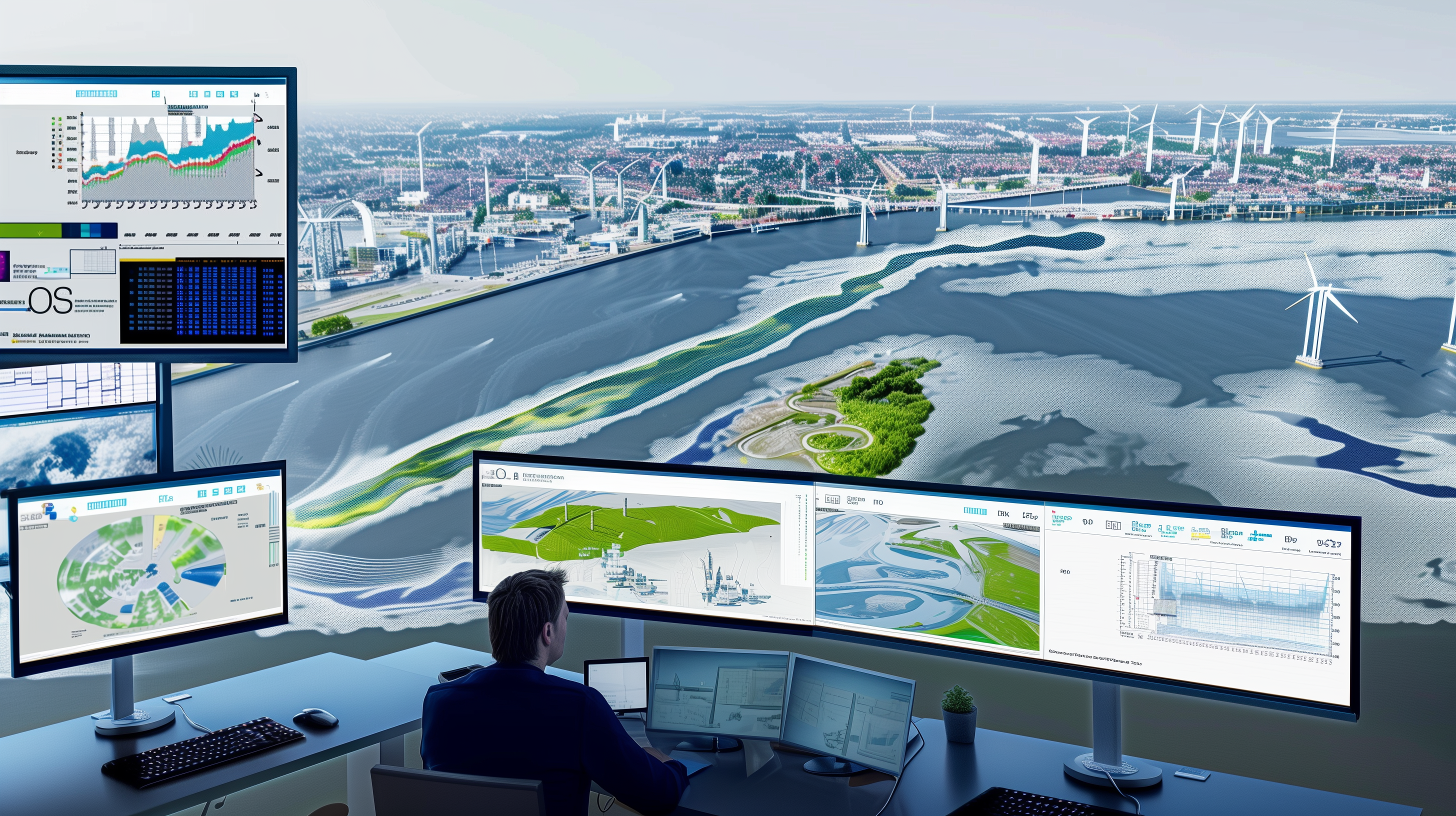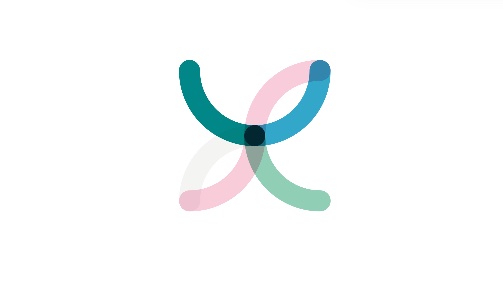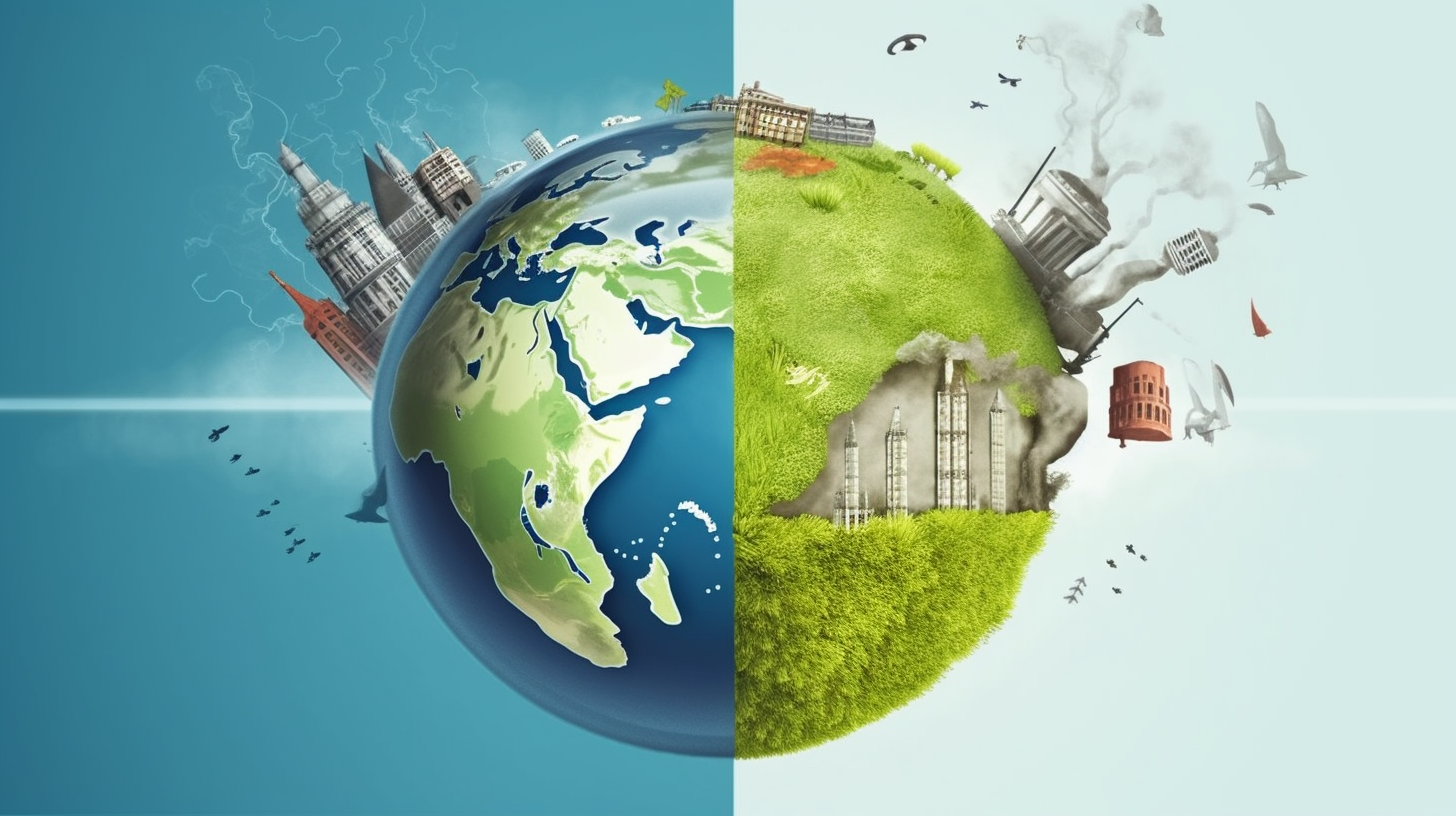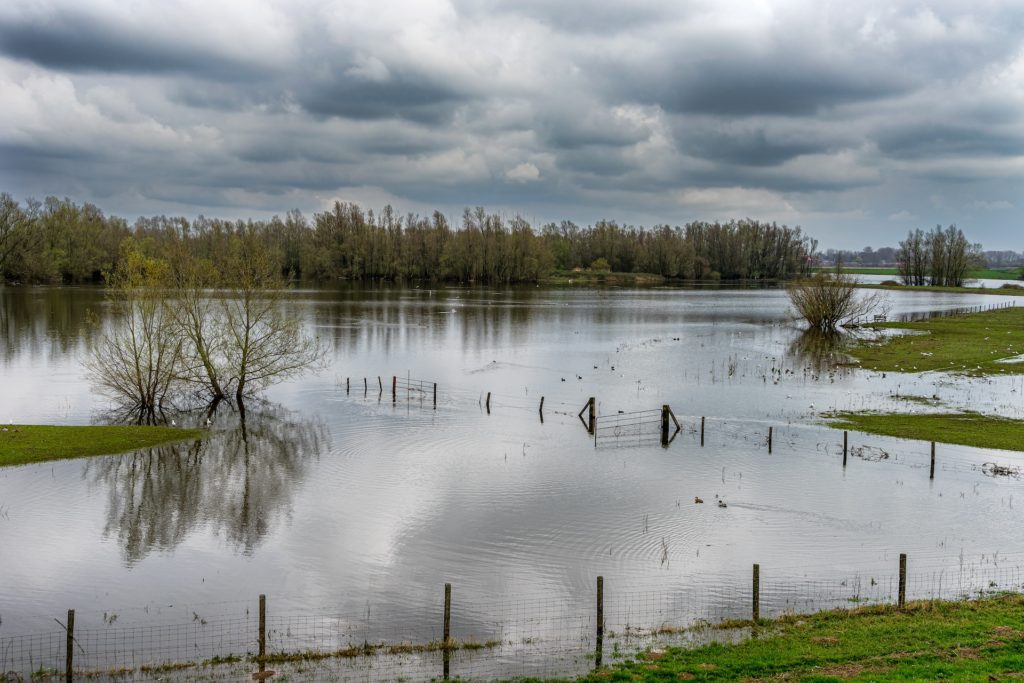Open innovatieplatform voor digitalisering van de watersector
DigiShape is een open innovatieplatform van bedrijven, kennisinstellingen en overheden die samen de potentie van digitalisering voor de watersector willen benutten. Gezien de urgentie van de toenemende klimaatproblemen is het cruciaal om data en inzichten met elkaar te delen. We experimenteren in een open community met beschikbare data, nieuwe data en geavanceerde technieken.
Evenementen
Save the date: DigiShape dag – AI Impulsprogramma voor waterbewegingsmodellen
Evenementen
Save the date: DigiShape dag – AI Impulsprogramma voor waterbewegingsmodellen
Digitale synergiedagen | Use case Digitalisering & Waterbeheer
Uitgelicht
Interview met Mark van Koningsveld, Chris Karman en David van den Burg Zes jaar na de start in 2019 is [...]
Nieuws
Ecologische effecten van projecten begrijpen en vergelijken DigiShape zet zich in voor slimme en duurzame oplossingen in de watersector. Daarom [...]
‘Nederland is een paradijs voor data wetenschappers.’ Tenminste, als je het aan Juan Pablo Aguilar Lopéz van TU Delft vraagt. [...]
Op 1 oktober begint David van den Burg als nieuwe programmamanager van DigiShape. Met een achtergrond in water- en bodemvraagstukken [...]
Op dinsdag 24 september kwamen vertegenwoordigers uit de watersector (markt, overheid en kennisinstellingen) bijeen voor de DigiShape-dag in Delft. Onder [...]
Op 2 juli organiseerde DigiShape een werksessie binnen de werkgroep Water en Klimaat van de Nederlandse AI Coalitie. Het doel: [...]
Op 2 juli organiseerde DigiShape een werksessie van de NL AIC werkgroep Water en Klimaat om te verkennen hoe AI [...]
"Bij DigiShape geloven we in de kracht van het netwerk. Elkaar kennen en weten wat die ander doet. Of je nu specifieke expertise wilt delen, bij een project wilt aansluiten of een andere vraag hebt: neem gerust contact met me op. Samen kunnen we innovatieve oplossingen ontwikkelen die bijdragen aan een duurzame toekomst! "

Projecten
Binnen DigiShape werken organisaties uit de overheid, het bedrijfsleven en kennisinstellingen samen aan innovatieve datascience projecten. Dit zijn concrete opgaven waarvoor we met een innovatieve en datagedreven aanpak betere en efficiëntere oplossingen kunnen vinden.
Wil je deelnemen aan een project? Of heb je zelf een projectidee dat je graag met de DigiShape-community wilt realiseren? Neem contact op met DigiShape programmamanager David van den Burg.
Community en partners
DigiShape is er voor de hele watersector! Verbind je aan onze community door onze bijeenkomsten bij te wonen, je in te schrijven op onze nieuwsbrief en ons te volgen op LinkedIn.
Wil je meebeslissen over de strategische richting van DigiShape, zelf projecten inbrengen en besloten bijeenkomsten bijwonen? Wordt dan partner van DigiShape!
Voor wie?
DigiShape is voor iedereen die wil bijdragen aan de Nederlandse watersector, of je nu expertise hebt in data science, machine learning of artificial intelligence, of verantwoordelijk bent voor het watersysteem.
Data science
We richten ons specifiek op de grote potentie van digitalisering voor de watersector. Met behulp van data science en digitalisering ontwikkelen we innovatieve oplossingen voor concrete uitdagingen waar we voor staan.
Open innovatie
Bedrijven, kennisinstellingen en overheden combineren hun data en kennis om de watersector te innoveren. We werken open source en experimenteren met nieuwe digitale ontwikkelingen.
















